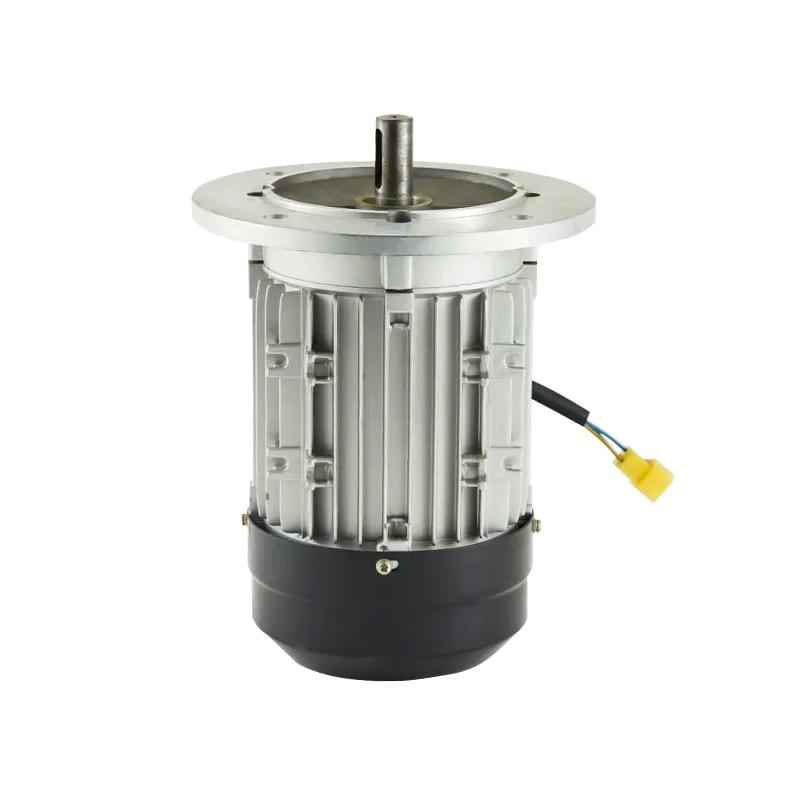Understanding the Role of Permanent Magnet Motors in Modern Equipment

Permanent Magnet Motors (PM motors) have become increasingly common in many industrial and consumer applications. They differ from traditional induction motors by utilizing permanent magnets embedded in the rotor to generate the magnetic field required for operation.
One of the defining characteristics of permanent magnet motors is their ability to deliver higher torque at lower speeds compared to other motor types. This is due to the direct magnetic interaction between the rotor magnets and the stator windings. As a result, PM motors often achieve higher efficiency levels in a compact size.
The construction of PM motors allows for a simpler design since there is no need for external excitation or brushes to energize the rotor. This reduces mechanical wear and increases reliability. Additionally, the absence of brushes contributes to quieter motor operation, making PM motors suitable for noise-sensitive applications.
In various applications, permanent magnet motors enable precise speed and position control, which is beneficial in robotics, automation, and precision machinery. The motors also exhibit good dynamic response, allowing rapid changes in speed or torque as required.
However, PM motors require careful thermal management because the permanent magnets can lose magnetism at high temperatures. Proper design and cooling are essential to maintain consistent performance.
Permanent magnet motors continue to evolve with advances in magnetic materials and manufacturing techniques. Their combination of efficiency, compactness, and controllability makes them a popular choice across different fields, from electric vehicles to household appliances.
- Art
- Causes
- Crafts
- Dance
- Drinks
- Film
- Fitness
- Food
- Games
- Gardening
- Health
- Home
- Literature
- Music
- Networking
- Other
- Party
- Religion
- Shopping
- Sports
- Theater
- Wellness


